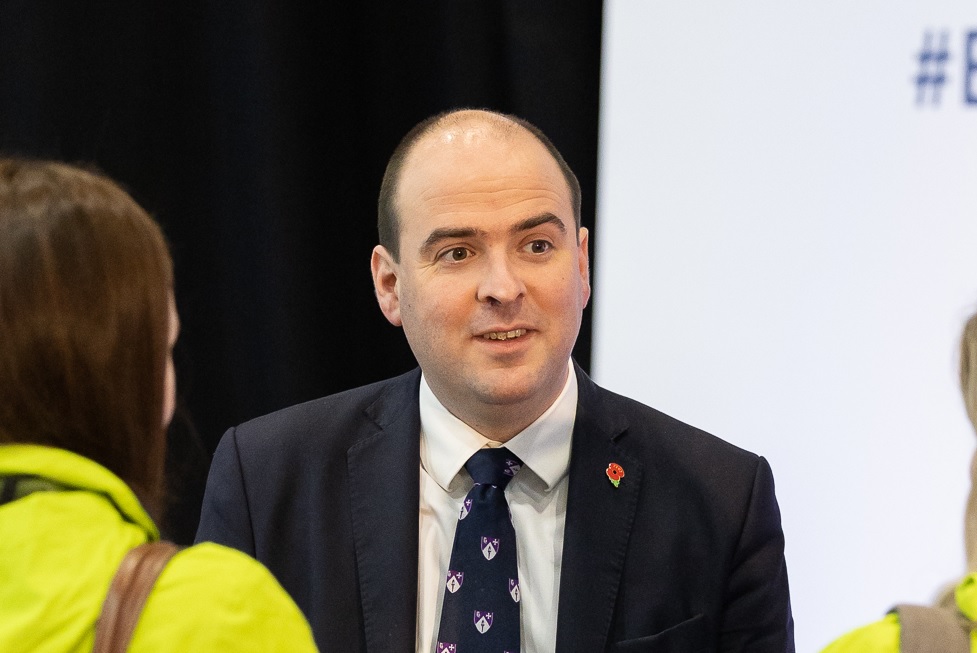In many ways, there has never been a better time to review every aspect of your company income to ensure that the rates you are charging are in line with the costs that you are generating.
Tenders that may have been secured at a time when operating costs were lower will now almost certainly be performing poorly in a financial sense. There must be a myriad of operators that are having to engage in awkward conversations with local authority partners and/or private contract clients about tendered contract rates, in light of the recent spiralling costs associated with running coaches and buses.
It is also clear that wages continue to climb at a fast rate, with some large bus companies announcing very significant pay rises in percentage terms over the last few months.
Of course, not every cost line is continuing to climb at the same pace that it was 12 or 18 months ago. Fuel, for example, has settled down somewhat over the last few months, which must be a relief to anyone who operates vehicles on services where revenue is fixed, or where growth is difficult to achieve.
Overall though, the costs of running a coach or bus business in the current climate are considerably higher than they were a couple of years or so ago, and it is necessary for income to keep up with expenditure. Fare increases are therefore inevitable, and rises in private hire and contracted service rates must also be considered.
Certainly, there have been some significant fare increases imposed by larger bus operators over the last few months, and I suspect that there will be more to come. That said, the government-funded capped fare schemes in England appear to be doing a good job of building patronage and securing new customers, which then puts the emphasis on operators trying to keep those new-found passengers when funding eventually expires.
Where private hire is concerned, operators should clearly build an allowance for cost increases into their quotation calculator. Quotes can be given some months in advance for private hire work, and there is a constant need to consider future pay rises, parts/contracted labour increases, etc., when quoting for private hire well before it is undertaken.
It is important to adjust the private hire quotation calculator in alignment with the current cost of trading – it won’t be at all unusual for a detailed, well-planned private hire quotation calculator to have been put together for someone in the office to use, only for it to be out of date a few weeks down the line before anyone notices. How many quotes will have been given based on the old calculator before it is updated with current costs?
As ever, the devil is in the detail, and there are very few better ways of ensuring that income remains relevant and appropriate than by regularly reviewing the numbers.
As a minimum, services should be analysed regularly against a route costing model to track performance and improvement/decline. This model can be applied to private hire work as well, along with contracts, etc.


























